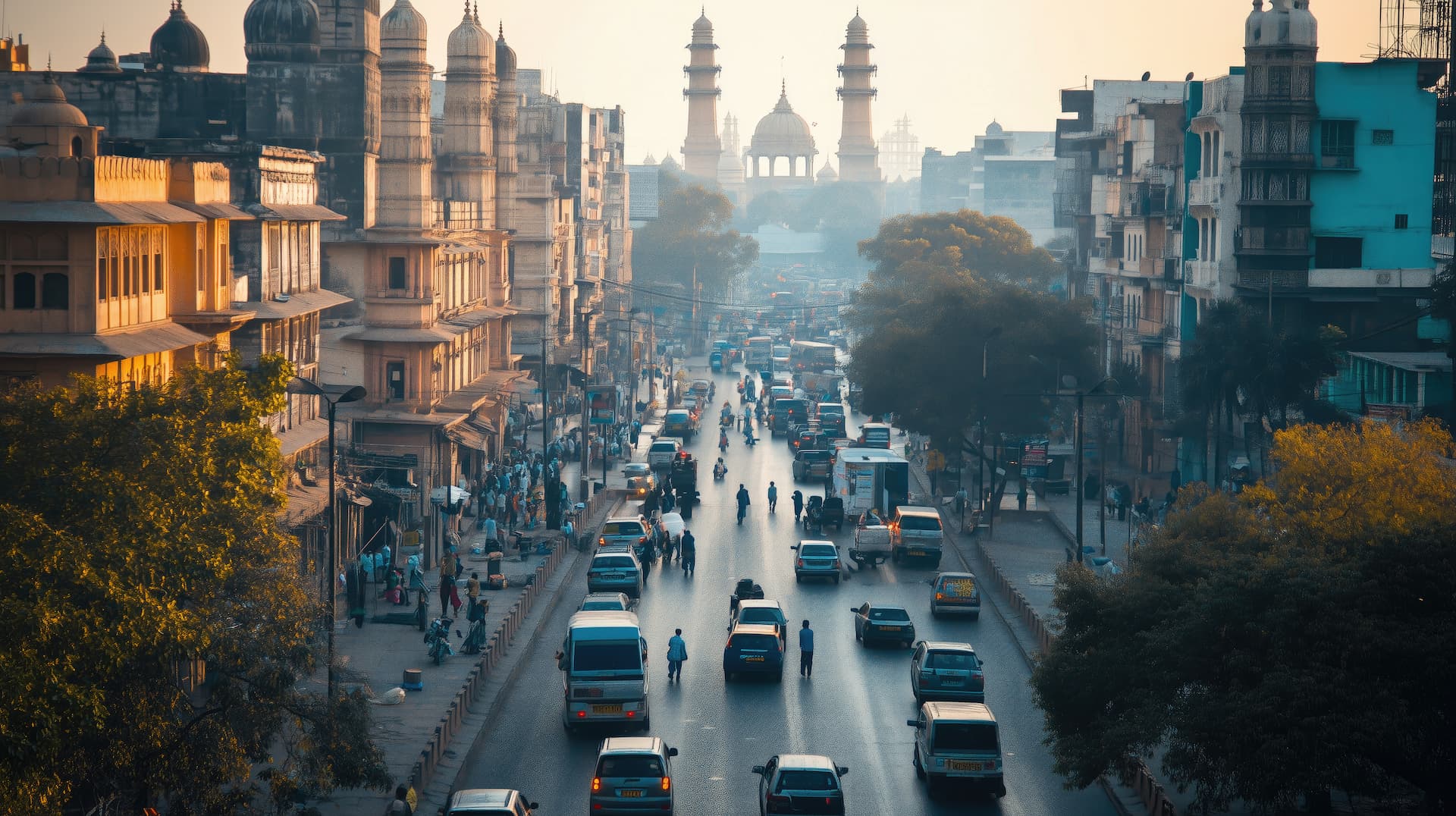How India's real estate growth in moving beyond Metros?
Residential Growth in Tier 2 Cities: India’s Next Real
Estate Frontier
India’s residential real estate market is slowly shifting its focus from hustling
metros to Tier 2 cities. While cities like Mumbai, Delhi, and Bengaluru
have traditionally been the epicenters of growth, rising property prices, migration,
and lifestyle constraints are prompting homebuyers and investors to explore
smaller urban hubs.
Tier 2 cities are emerging as attractive alternatives, offering affordable
housing, better quality of life, and promising investment returns. Let us
explore why this shift is happening, what’s driving it, and the opportunities
it presents, using a few cities as examples.
1. Why the shift to tier 2 cities?
1.1 Affordability and value for money
High property prices in metros have made homeownership difficult for first-time
buyers. Tier 2 cities, in contrast, offer more spacious homes at lower prices.
• Example: Where a 2BHK apartment might cost ₹1.5 to 2 crore in a metro, a
similar property in a Tier 2 city can often be purchased for 2/3rd
of its price
• This affordability allows families to own larger homes with better amenities,
driving demand in these smaller urban markets.
1.2 Improved infrastructure and connectivity
Infrastructure upgrades like new highways, metro lines, airports, and
industrial corridors are making Tier 2 cities more livable and accessible.
• Example: A city connected via expressways or a metro line becomes more
attractive to professionals who commute or frequently travel for work.
• Better urban planning, water supply, and waste management projects also
enhance the overall quality of life.
1.3 Government initiatives supporting growth
The Indian government has rolled out multiple initiatives that directly or
indirectly stimulate residential growth in Tier 2 cities:
• Smart cities mission: Promotes sustainable, digitally connected, and
inclusive urban development.
• Affordable housing programs: Subsidies and incentives under schemes
like PMAY increase accessibility for middle-income households.
• Industrial corridors and investment hubs: Economic zones in and around
Tier 2 cities boost employment, increasing housing demand.
1.4 Lifestyle and remote work trends
The pandemic and the rise of hybrid/remote work models have changed how people
choose where to live. Many prefer smaller, cleaner, and greener cities for a
better work-life balance.
• People are moving away from cramped apartments in metros to spacious homes
with parks, lakes, and recreational spaces.
• This trend also fuels demand for integrated townships and gated communities
in Tier 2 cities.
2. Emerging trends in tier 2 residential markets
2.1 Investor interest beyond metros
Developers and investors are increasingly eyeing Tier 2 markets due to high
growth potential and lower competition.
• Example: National developers are launching mid-size projects with modern
amenities in cities that were once overlooked.
• Tier 2 cities often allow for faster approvals and larger land parcels,
making them attractive for large-scale residential projects.
2.2 Changing homebuyer demographics
The typical Tier 2 homebuyer is evolving:
• Young professionals seeking their first home
• NRIs looking for hometown investments
• Entrepreneurs and business families upgrading to modern residential projects
This diverse buyer profile is helping Tier 2 residential markets grow steadily.
3. Growth indicators
While data varies by city, the overall trend shows:
• Increased housing sales: Many Tier 2 cities have reported double-digit
growth in home sales over the past couple of years.
• Appreciating property values: Even with smaller absolute numbers,
property appreciation rates in Tier 2 cities are often higher than in saturated
metro markets.
• Emerging residential hubs: Cities with improving infrastructure and
business opportunities consistently outperform others.
4. Challenges facing tier 2 cities
Despite strong growth, several challenges remain:
• Infrastructure gaps: Some cities still struggle with traffic, public
transport, and urban amenities.
• Urban planning issues: Rapid development can strain resources like
water, electricity, and waste management.
• Regulatory hurdles: Obtaining approvals for large projects can still
be slow or complex.
Addressing these challenges will be key to sustaining growth.
5. The road ahead
Tier 2 cities are likely to continue gaining prominence in India’s residential
real estate market. With the combination of affordability, infrastructure,
government support, and lifestyle appeal, these markets present long-term
opportunities for both homebuyers and investors.
• As cities grow, integrated townships, sustainable development, and modern
amenities will further attract residents.
• Investors can benefit from early entry in high-growth cities, while
homebuyers enjoy larger homes at lower costs compared to metros.
India’s next residential real estate revolution is happening in Tier 2 cities.
With affordability, improved connectivity, government backing, and lifestyle
benefits, these cities are reshaping where and how people choose to live.
By focusing on smaller, rapidly developing urban centers, buyers and developers
alike can take advantage of a less saturated, high-potential market, proving
that big dreams don’t always need to be built in big cities.
FAQs (Frequently Asked Questions)
1. Why are Tier 2 cities attracting more residential buyers?
Affordable housing, better quality of life, and improved infrastructure are key
reasons.
2. Which factors make Tier 2 cities a good investment for real estate?
Lower land costs, faster approvals, and high growth potential make them
attractive for developers and investors.
3. Are there challenges in buying property in Tier 2 cities?
Yes, including urban planning issues, infrastructure gaps, and regulatory
hurdles.
4. How does remote work impact Tier 2 city real estate growth?
People prefer more spacious homes in smaller cities with greenery and less
congestion due to hybrid/remote work options.
5. Will Tier 2 cities overtake metros in residential growth?
While metros remain strong, Tier 2 cities are catching up rapidly and may
become dominant in specific housing segments.
Source: JLL Primary Research
Author & Editor: Sumedha Das
Are you a landlord?
Are you looking to lease or sell your properties? Advertising your property online with JLL is completely free. Reach hundred of thousands of potential tenants and buyers online.
